Air Quality in Boston
Local and national air quality information
The Lincolnshire Clean Air Project has been developed by Lincolnshire County Council in association with the seven district councils. It aims to provide information to the public on the links between poor air quality and health and provide a guide to how we can all help reduce air pollution. There has also been school based projects as part of the wider scheme across the county to help raise awareness of the issues of poor air quality with future generations. More information can be found here at the Clean Air Lincolnshire website.
Local air quality
Since 1997 local authorities in the UK have been carrying out a review and assessment of air quality in their areas. The aim of the review is to assist authorities in carrying out their statutory duty to work towards meeting the national air quality objectives. If a local authority finds any places where the objectives are not likely to be achieved, it must declare an Air Quality Management Area there.
National perspective on assessing air quality
The LAQM process places an obligation on all local authorities to regularly review and assess air quality in their areas, and to determine whether or not the air quality objectives (health based objectives) are likely to be achieved. Where exceedences are considered likely, the local authority must then declare an Air Quality Management Area (AQMA) and prepare an Air Quality Action Plan (AQAP) setting out the measures it intends to put in place in pursuit of the objectives.
How we monitor air pollution
We carry out non automatic monitoring within the district using diffusion tubes.
Summarised data from this monitoring is contained within our review and assessment reports.
Air quality management areas and air quality action plan
The aim of the review and assessment process is to make sure that the national air quality objectives will be achieved within our district. These objectives have been put in place to protect people's health and the environment.
If a local authority finds any places where the objectives are not likely to be achieved, it must declare an Air Quality Management Area (AQMA) there. This area could be just one or two streets, or it could be much bigger. In Boston two such areas were declared for Nitrogen Dioxide (NO2) in the Haven Bridge & Bargate Bridge areas. NO2 comes largely from combustion process and source can be both industrial and domestic however the main source of NO2 in both Boston and nationally is the motor vehicle. In both the Bargate & Haven Bridge areas compliance with the national objectives was considered marginal and there was a risk of exceeding the objectives and therefore air quality management areas were declared.
We have put together in conjunction with Lincolnshire County Council a plan to improve the air quality following the declarations - this is called a Local Air Quality Action Plan (LAQP).
Air monitoring has demonstrated compliance with the annual mean NO2 objective in all areas in Boston except in the AQMA's. We will assess concentrations recorded year on year before deciding whether it may be appropriate to revoke the existing AQMAs.
Air quality and health
If you are in good health the levels of air pollution we usually experience in the UK are unlikely to have any serious short-term effects. But in the rare occasions when air pollution levels are high, some people may feel discomfort and irritation.
People with respiratory conditions are at greater risk, especially if they are elderly. Daily changes in air pollution can trigger increased admissions to hospital and may contribute to the premature death of those who are seriously ill. Those with severe lung diseases or heart conditions might be more sensitive to changes in air pollution.
Long term exposure to air pollution is unlikely to increase the number of people with asthma but people who already suffer from asthma may find their condition adversely affected.





